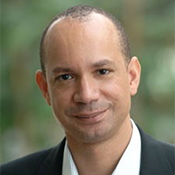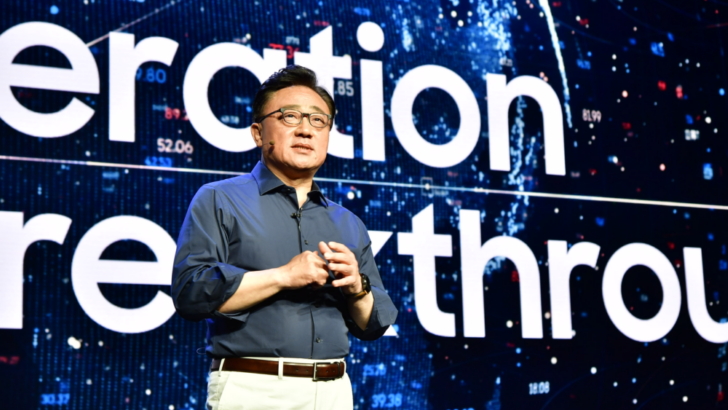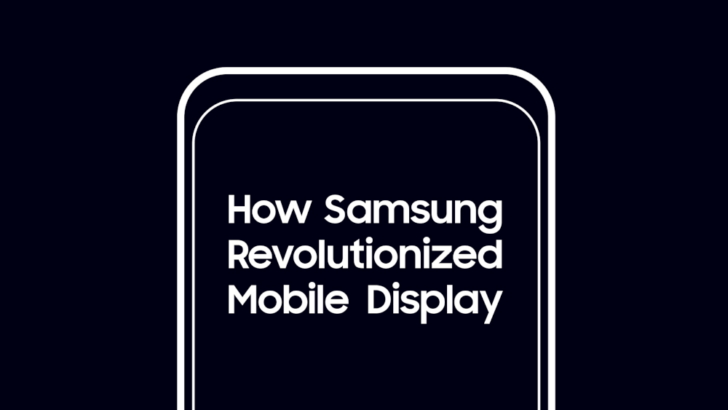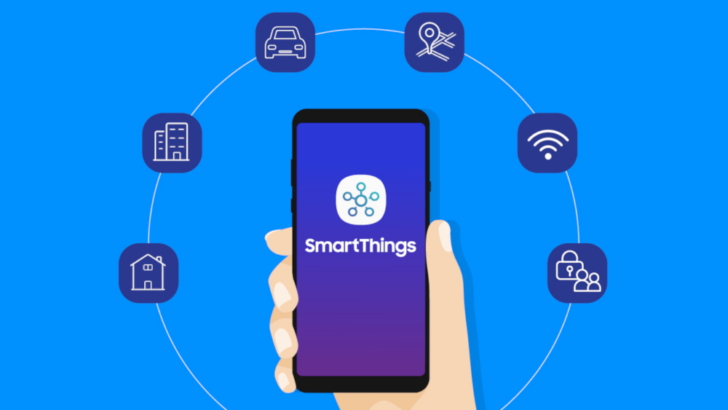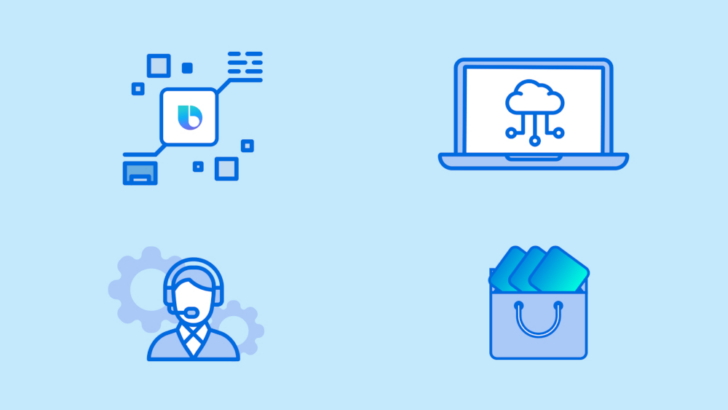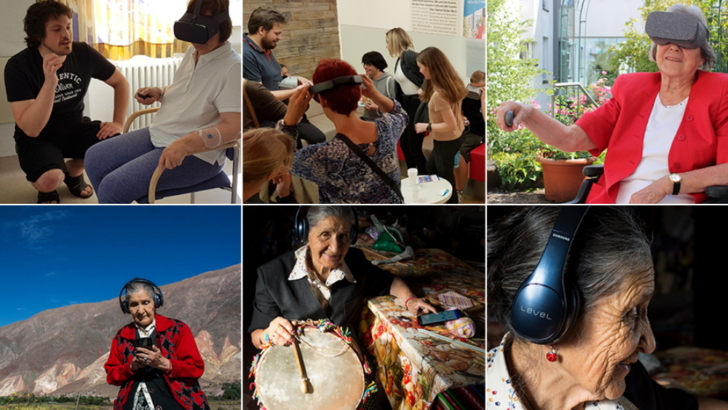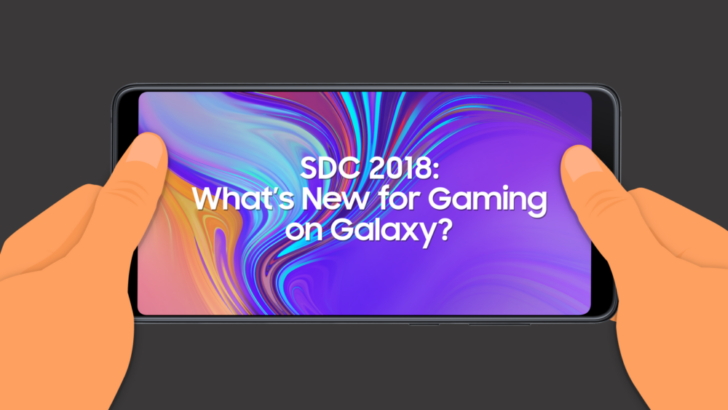[Interview] Connected Living: Patrick Chomet Talks Future of Samsung’s IoT Devices
on November 9, 2018
We’ve all dreamed of a futuristic world where the boring chores of day-to-day life are handled by robots at the touch of a button or by a simple voice command. Whether it’s managing a busy calendar, making sure the laundry gets done, or having the latest headline news and a cup of hot coffee ready to make the morning a little less daunting, we all want tech to help make our lives a little easier. Thanks to Samsung’s vision for connected living, that futuristic world is becoming a reality.
At the Samsung Developer Conference 2017, the company announced a major step toward that vision with the consolidated SmartThings Cloud, which brought together all of Samsung’s IoT devices and services under a single, seamless platform. The addition of the SmartThings app unified the IoT experience, making it easier than ever to help consumers organize their lives, so they can achieve more. Developments like these have turned SmartThings into one of the largest connected platforms in the world – available in more than 200 markets with more than 18 million devices.
This year, Samsung is furthering those developments by opening the Bixby Integrated Development Environment (IDE) to collaborate with partners and developers, so that new mobile devices, home appliances, consumer electronics, connected cars, and services can leverage Samsung’s intelligence platform and continue to expand SmartThings.
Patrick Chomet, Executive Vice President of Product and Innovation at Samsung Electronics, sat down to discuss some of the company’s latest developments as it pushes toward a world of truly connected living.
Q: Let’s start big picture: what does the future of the IoT market look like?
A: We live in a time where consumers are continually looking for new experiences. It’s not difficult to find people that use services on multiple devices, and there are signs that they increasingly find it more satisfying to pay for a new experience rather than purchase a new product. They say it brings them more joy.
So it’s not surprising to see new categories of products emerge – products that offer a novel experience for consumers. The Internet of Things, which is poised to expand quickly in the coming years, is a great example. Within this realm, smart speakers are carving out a solid space, posting significant growth in the number of units just in the span of one year from 2017.
It’s no exaggeration to say voice is going mainstream. This novel technology has become a disruptive force and is redefining how people interact with their devices. Some project half of all searches are expected to be by voice by 2020, and already nearly 40 percent of adults are said to use voice search once a day.
Against this backdrop, Samsung is in a position where it leads innovation at scale, enjoys a large installed base, and longlasting relationships with key partners. Considering the trends mentioned, and the heritage we have, Samsung is in a unique position to capture new opportunities in the IoT space.
Q: A lot can change in one year. Exactly how has Samsung’s IoT ecosystem developed since SDC 2017?
A: During SDC 2017, we announced the SmartThings cloud: a unified platform, controlling all Samsung devices. Now, we are focusing on opening it to partners. This is part of a broader concept, called ‘democratization of IoT.’
Q: Can you expand on what the democratization of IoT means for Samsung?
A: Consumers find the smart home setup complex; there are also too many ways to access and share content, and it is also virtually impossible to control all smart devices with one hub. Meanwhile, families want more out of voice commands; they look for ways to mitigate tedious tasks, and want to track things like energy usage and waste.
Considering these needs, Samsung is focusing on creating simple, yet relevant experiences at scale. This is the foundation for the ‘democratization of IoT.’ We are pursuing meaningful changes that help people live smarter, better lives.
Going forward, Samsung will focus on improving contextual experiences, whether it’s at home, out of home, or in the car with Connected Living, Entertainment, Health & Fitness, or Communication experiences. To support these experiences, Samsung is developing technological foundations (platforms) such as account management, Bixby, and SmartThings Cloud.
These platforms will be open to all partners. For instance, service partners will be invited to integrate their solutions with our platforms, providing access to their services to most of our customer touchpoints, such as screens and speakers.
To show this in practice, we developed a partnership with Korea Power Exchange. We’ve created a service that allows people to control and manage their energy consumption during peak periods when prices are at their highest. Not only do they save money, they do better for the environment.
Q: You’ve mentioned quite a few developments with Bixby – what role do these changes play in the democratization of IoT?
In the case of Bixby, our intelligent platform, we are opening the Bixby Developer Studio so that third-party developers can create their own Bixby-enabled services that can be used across Samsung’s huge device ecosystem. We’ve also introduced the Bixby Developer Center, a learning resource for developers, and the Bixby Marketplace, where they can sell their services. We’ve also expanded language support for Bixby, to bring those services to more markets.
Q: When it comes to building a bigger device ecosystem, how has Samsung been working on new SmartThings product integrations?
To provide peace of mind and simplify our home environment, we’ve partnered with Plume to create SmartThings Wi-Fi, an AI-powered router. Not only can it learn your usage patterns to optimize your home’s Wi-Fi performance, it can help you control and manage your home automations. We’ve also implemented Works with SmartThings (WWST), our functional and security certification program for SmartThings devices that ensures new devices meet our guidelines so consumers get the best experience.
Q: Let’s talk more about Galaxy Home. How does Galaxy Home fit into everything we’ve been talking about?
Galaxy Home will improve ‘connected living’ experiences and relationships with the ecosystem of home devices. Now, Galaxy Home could be used to streamline difficult set-ups, settings and control devices and services.
And soon, Galaxy Home will be able to command hundreds of devices, from your washing machine to your car, from the comfort of your couch. If you’ve got a Galaxy phone, it can even help you make calls or find it when you misplace it.
Q: There are already many smart speakers on the market. What makes Galaxy Home different?
First of all, it’s incredibly easy to set up. Thanks to Bixby, users get a more integrated smart home experience right out of the box and hands-free control of home devices.
In addition, the sound quality is one of the standout features. Galaxy Home comes equipped with Harman’s Natural Sound Processing (NSP) that automatically turns stereo signals into 5.1 surround sound, so you’ll feel like you’re right in the middle of a concert when listening to your favorite album. It’s also the first smart speaker to feature Soundsteer, so you can tell Galaxy Home to aim the sound in your direction while you’re busy cooking in the kitchen or preparing for your day in the morning.
And last but not least, Galaxy Home comes with a growing list of ecosystem partners. One great example is Spotify, the leading music platform. It’s partnering with Samsung to provide the best music content so users can enjoy all this through an intelligent, premium sound experience.

